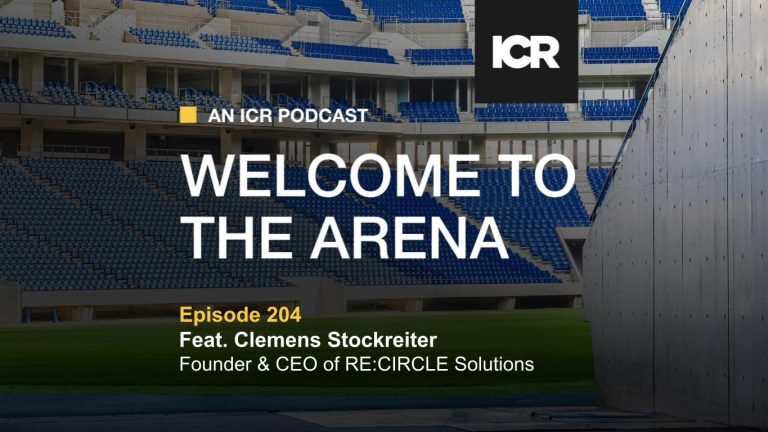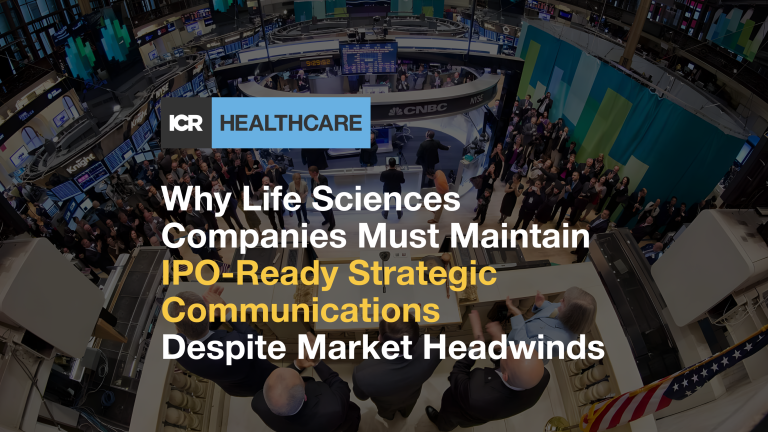It’s that time of year again, when management teams start looking ahead to figure out and plan strategically for a successful next year. What will drive your investor relations (IR) strategy in 2015? What can you learn from your efforts this past year? How do you decide where to focus your investor interactions, and what strategies can help you balance the push and pull on your time?
Here, our team of IR experts at Westwicke answers these and other questions, and shares advice to help you create a top-notch investor relations plan that aligns with your company’s goals and priorities.
Leigh Salvo
Principal
Don’t develop your strategic plan in a vacuum.
Use your resources to gather input on what’s important to current shareholders and your target investors, and get feedback on how your 2014 strategic plan has been perceived. Does Wall Street really understand your priorities? Are your priorities in sync with the areas in which analysts and investors see the most value? What’s really driving your strategy — what is achievable or what you perceive the Street wants to hear? If any of these questions raises a red flag, stop and re-evaluate.
Tom McDonald
Managing Director
Plan out your marketing schedule for the year in advance.
There is tremendous value in having a plan and not reacting to every event and invitation that occurs throughout the year. Wall Street conferences and non-deal road shows are extremely valuable to attend over the course of the year, but only if they can be justified by your overall strategic plan. Being visible and accessible should never be confused with being busy. The senior management team should maintain a balance of seeing the “right accounts” at the “right events” with the “right partners.”
Lynn Pieper
Managing Director
Use the year-end planning cycle to gather investor and analyst sentiment.
You can achieve this with either a formal perception study or an abbreviated survey, both of which provide critical insight on your fourth-quarter and year-end 2014 reporting, on issuing guidance in 2015, and on your overall messaging. Key items to explore are:
- Metrics included in guidance. For example, should additional or different metrics be included?
- A long-term strategy and roadmap. Is this clearly articulated? If not, what would the Street like to see explained?
Mike Piccinino
Managing Director
Think strategically about your IR activity.
The calendar fills up quickly, so plan at least two quarters ahead. Be sure to prioritize days in each quarter when management is not in a quiet period and allocate time to a mix of road shows, conferences, and sell-side cultivation. Target face-to-face meetings with your largest shareholders at least once a year, and endeavor to leverage your time in each city to meet with non-holders, as well. Keep diligent records of your interactions with the buy side to evaluate your effectiveness throughout the year.
Peter Vozzo
Managing Director
Think strategically about what your company should be disclosing.
Be aware of relevant industry news and data, as well as peer announcements, and consider adjusting what your company is disclosing to better match the investment community’s needs.
Track and capture news about financial metrics, acquisitions, deeper market intelligence, and related information. Then use what you learn to gauge the extent to which your own disclosures will help the investment community make more informed decisions about your stock. Run this exercise periodically, and especially prior to formulating your 2015 IR plan, to keep abreast of changes in industry trends and competitor positioning.
Asher Dewhurst
Principal
Balance your conference appearances.
At the highest level, balance your time between conference appearances and non-deal road shows. Once you’ve found the right mix, make sure you diversify — both in the types of conferences you attend and geographically. Attend a couple of growth conferences, healthcare conferences, and sector-specific conferences. This is even more important for life sciences and med-tech companies.
Remember that different types of conferences attract different people. For example, growth conferences attract a higher percentage of portfolio managers and provide a chance for you to tell your story at a higher level and expound on your growth strategy. Healthcare conferences attract buy-side analysts, who tend to be more detail-oriented.
Lastly, strike a balance among the people you meet with at each conference:
- Spend time with both current and potential shareholders.
- Devote one-on-one time to your top 10 shareholders.
- Carve out one-on-one time to cultivate other marquee accounts that aren’t currently shareholders.
Paul Chun
Principal
Plan on being visible but not too visible.
As you plan your schedule, maintain some selectivity. We often see companies fall into the trap of “spamming” conferences and having too much visibility with investors. Focus your efforts on opportunities that have the most impact, and be willing to say no to conference invites. Investors and analysts will appreciate that you are spending more time running your business than talking about it with them on the road.
Jamar Ismail
Vice President
Plan event attendance based on three key objectives.
Accepting every conference and event invitation won’t leave you enough time to effectively run your business. When selecting what to attend, use these three measures to help you prioritize:
- Prestige – Consider an event’s status within both the medical and investor communities. Each healthcare segment has certain “must-attend” scientific conferences that attract key opinion leaders and have the most important clinical data presentations. Plan your analyst day/investor meetings in conjunction with these events to get the most bang for your buck, and attend conferences with the highest prestige.
- Relationships – Take into account your need to maintain existing relationships and cultivate new ones. Build good-will with analysts and bankers by accepting invitations to their events (know that you are expected to attend the events of banks that have led your deals); consider rewarding analysts who have supported your stock; and keep an eye on potential partners for future deals.
- Targeted coverage – An important part of the plan for the year is determining which sell-side analysts to target to pick up coverage. A good way to attract a non-covering analyst to your stock is to attend his or her conferences and non-deal road shows.
John Woolford
Managing Director
Analyze your effectiveness and activity in the prior year.
Think about what worked, what didn’t work, and why. After all, you can’t plan for the future if you don’t understand the past.
Use this advice to start planning now for an effective investor relations program in 2015. To learn more about our approach and more than 200 combined years of Wall Street experience, contact us.



